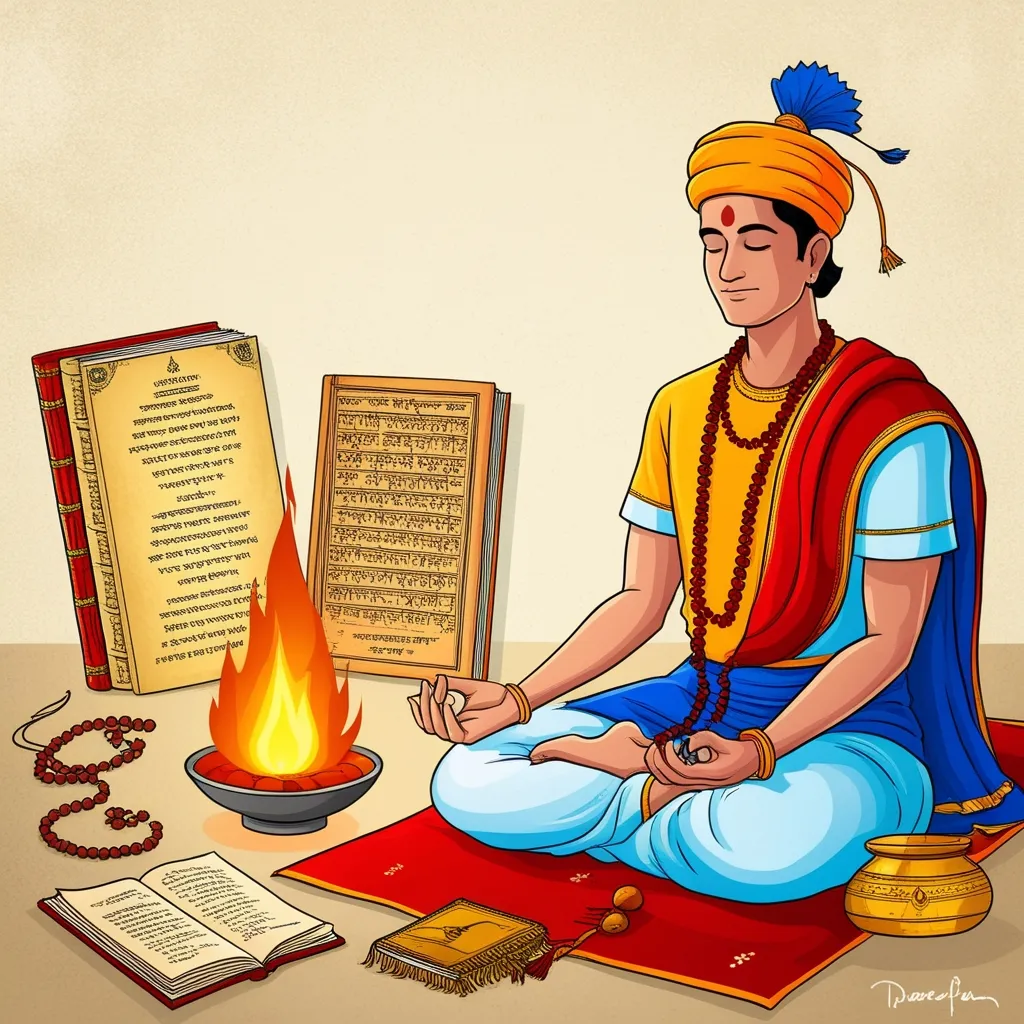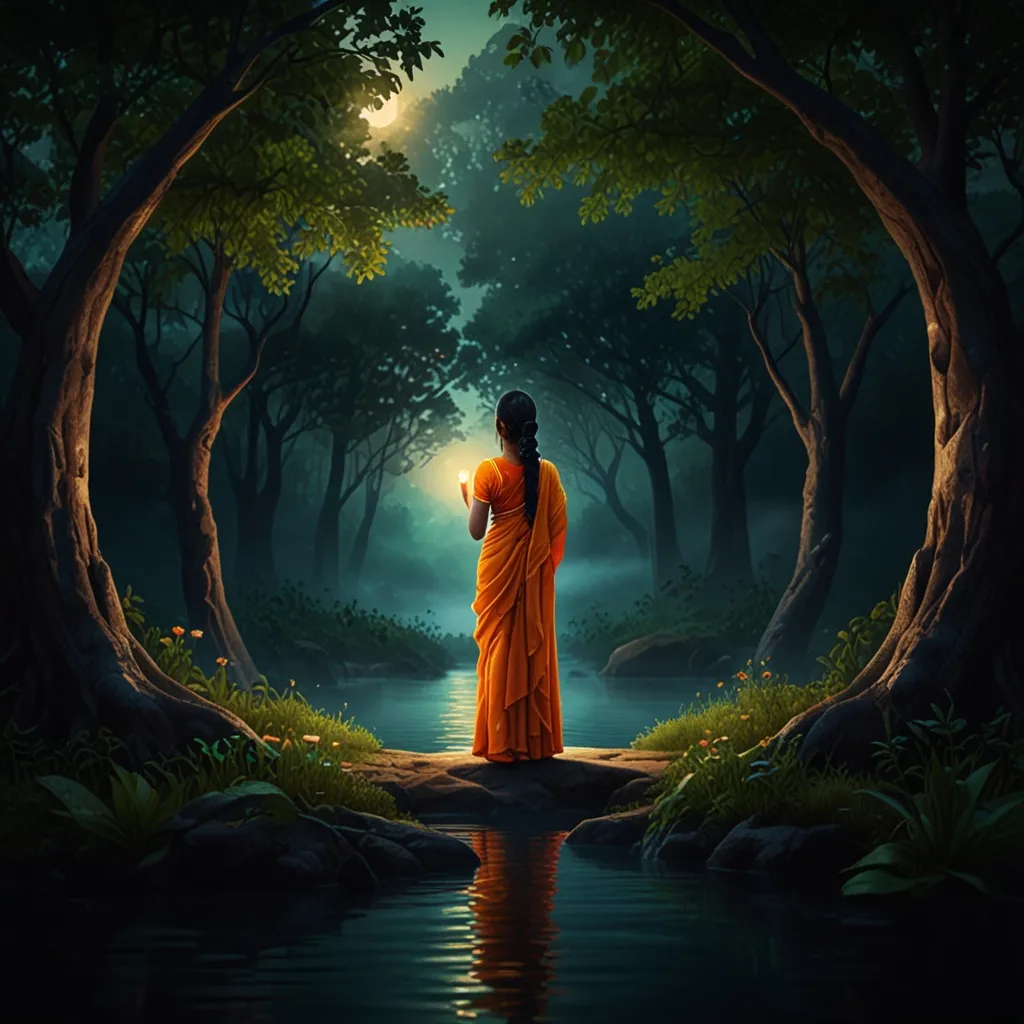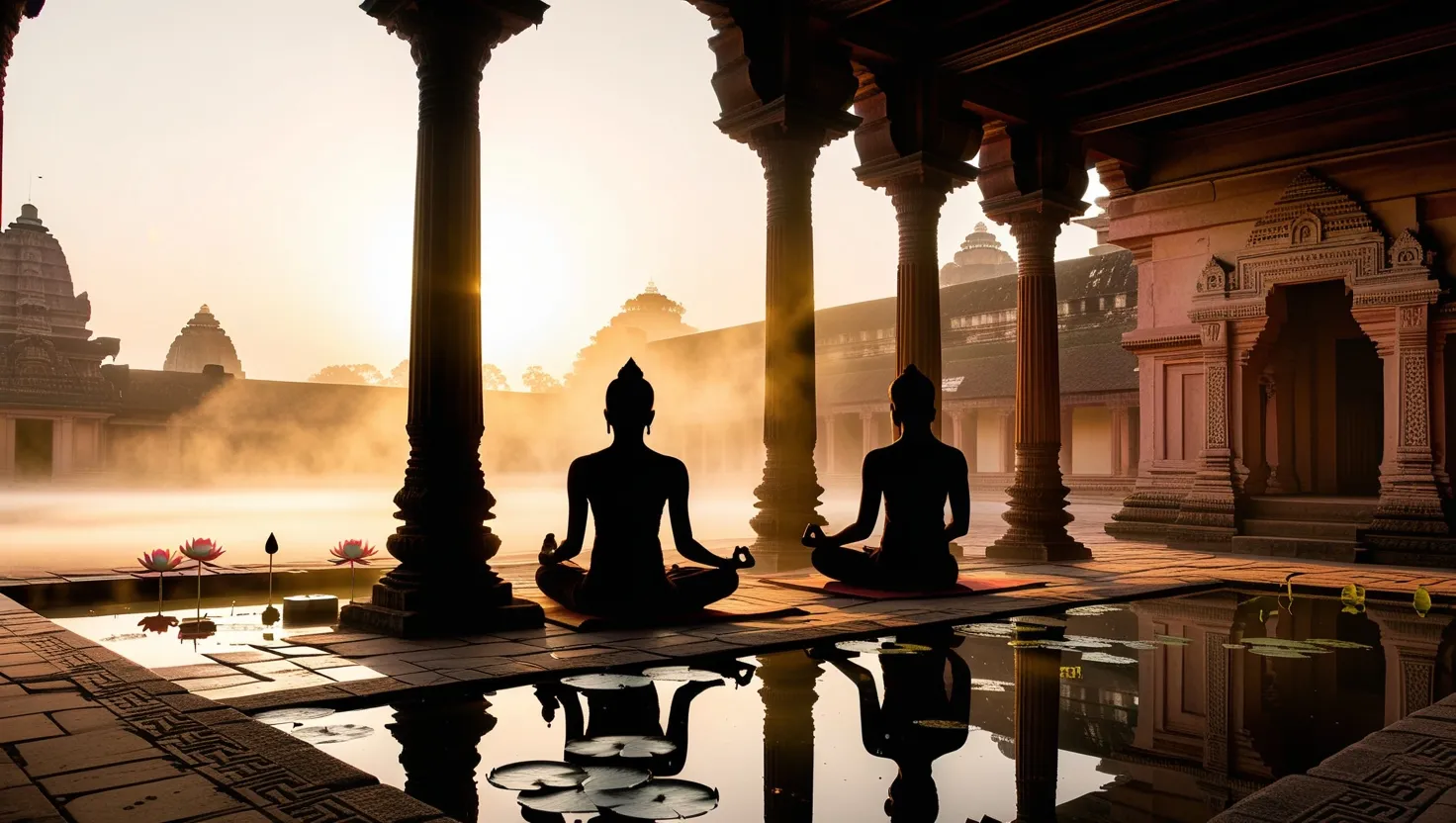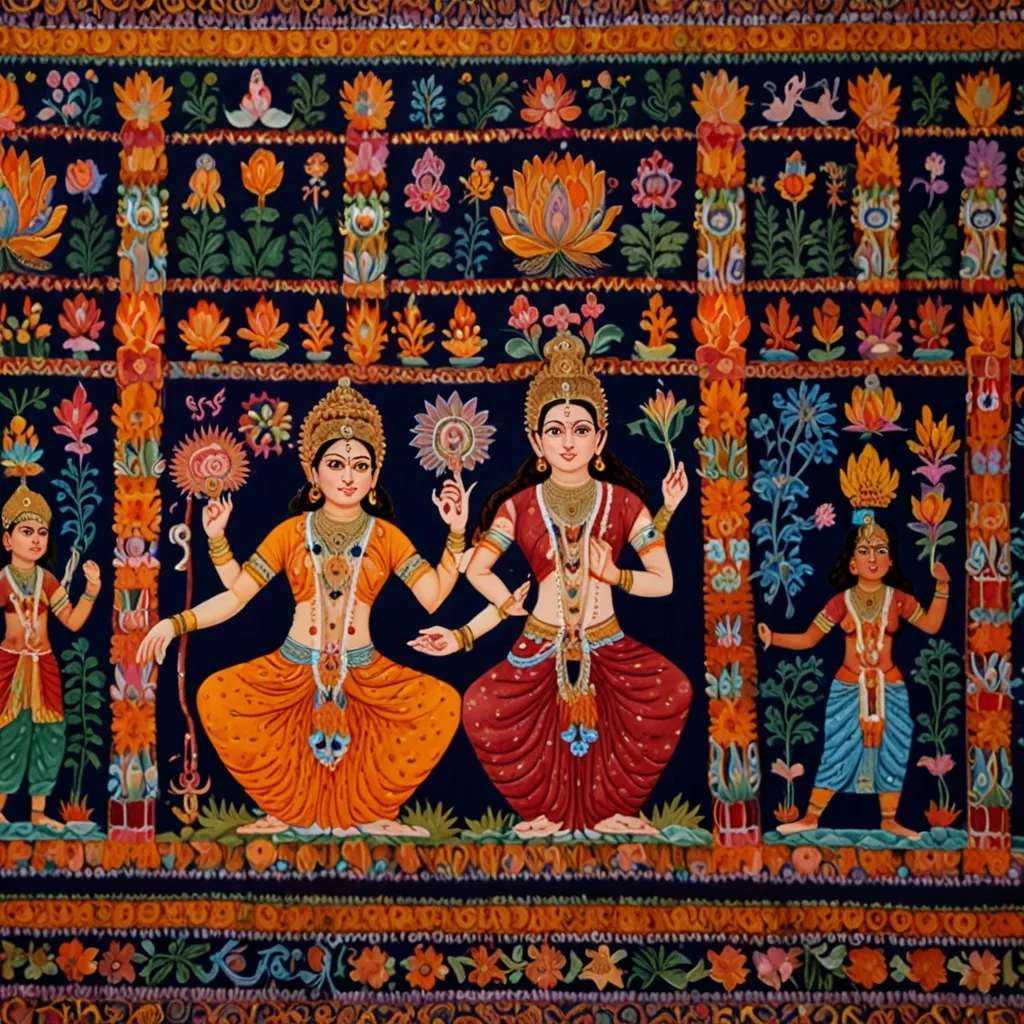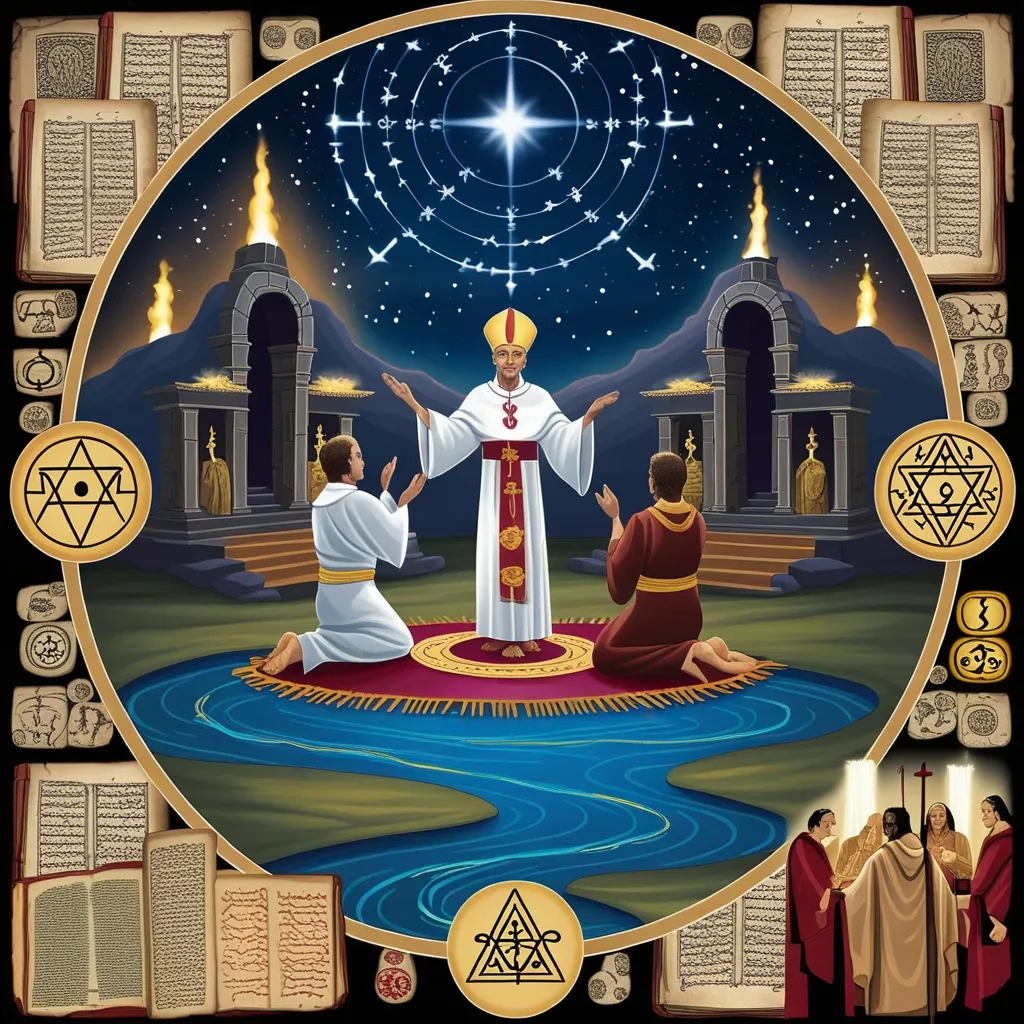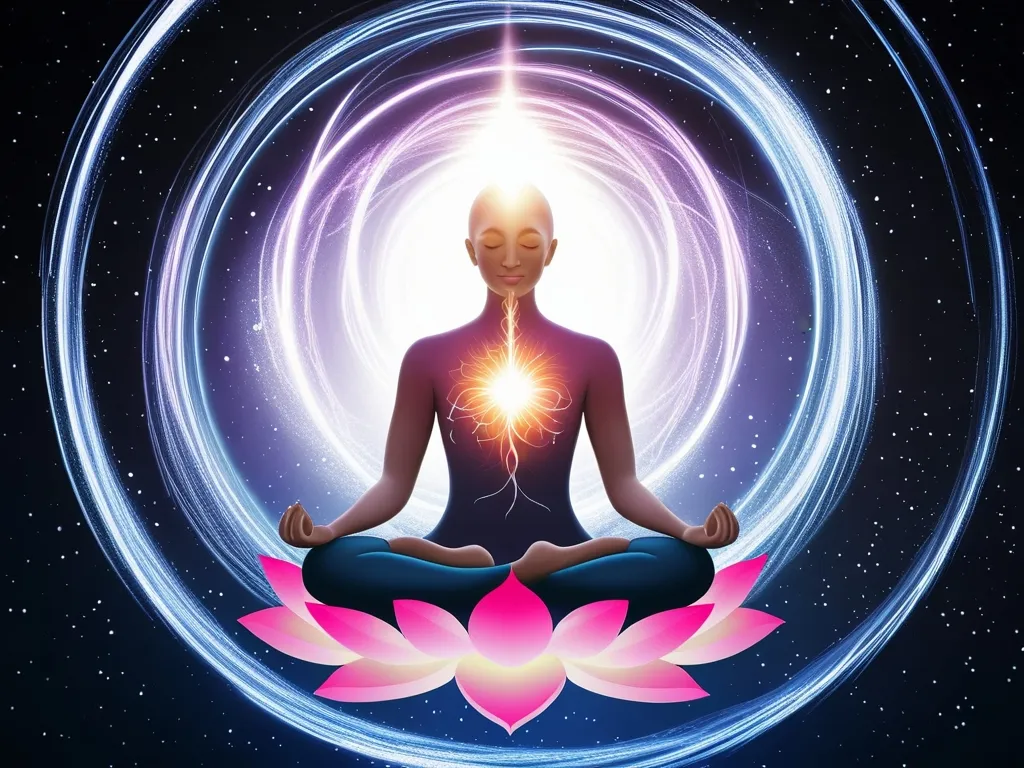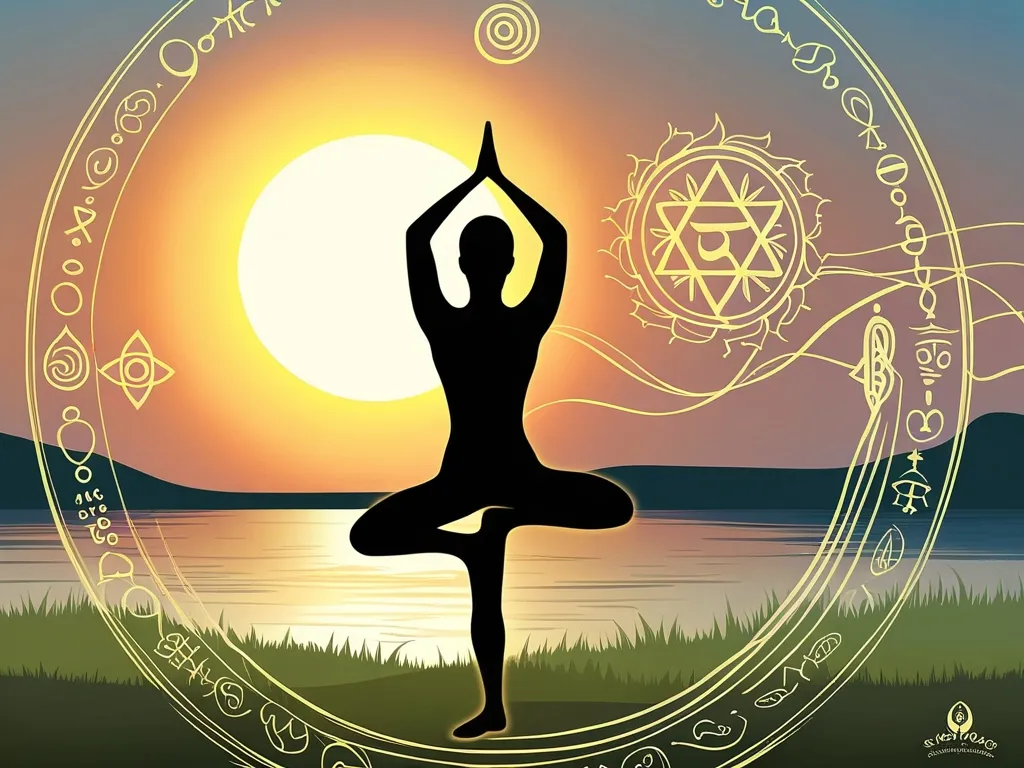In the ancient Vedic tradition, education wasn’t just about hitting the books; it was a sacred journey, a path dotted with rituals and ceremonies that marked important milestones. One of these significant ceremonies was called Samavartana. Think of it as the ancient version of a graduation ceremony, but with way more depth and meaning. Samavartana signaled the momentous transition of a student from the Brahmacarya stage—a period dedicated to intense study and spiritual growth—to the next phase of life.
Samavartana wasn’t just another checkbox to tick off. This ceremony held profound significance. It marked the conclusion of a student’s formal education journey, emphasizing the gravity of their commitment and hard work. The roots of this ceremony trace back to various ancient scriptures, like the Brāhmaṇas, Upaniṣads, Sūtras, and Smṛti, all of which paint a detailed picture of its importance and the meticulous steps involved.
Students in the Brahmacarya period were pretty dedicated folks. Living closely with their gurus, these students immersed themselves in the study of the Vedas, along with other sacred texts. The Samavartana ceremony was a necessary ritual for putting a definitive end to this phase of rigorous study and intense spiritual growth. The belief was clear: before stepping into ordinary life, the student needed to shed the divine essence they had accumulated. This wasn’t just a choice; it was crucial to prevent any unintended pollution of the divine attributes they had garnered.
So, how did this ceremony unfold? Let’s break it down. The Samavartana ceremony was no spontaneous affair. It was a well-planned event starting with the student seeking permission from their guru, usually granted after presenting gurudakṣina. This wasn’t just about giving material gifts; it was a sincere token of gratitude and respect for the knowledge and wisdom imparted by the teacher.
On the day of the event, the student would isolate themselves in a room until midday. Why, you ask? There was this belief that the sun shouldn’t be insulted by the superior luster of a Snātaka—the freshly graduated student. Following this isolation period, the student would shave their head and beard. This wasn’t just about grooming; it symbolized cutting off all marks of their student life. Next came a luxurious bath, accompanied by the use of powders, perfumes, and ground sandalwood, all courtesy of the guru.
The bath held special significance. It represented purification and a fresh start. After this ritual bath, the student would discard their old garments and external signs of Brahmacarya—like the mekhalā (girdle), ajina (deer skin), and daṇḍa (staff). They’d then don new clothes, ornaments, and a garland, signifying their readiness to transition to a new life phase.
A crucial part of the ceremony was the Homa—a fire ritual—and the collective hope that the Snātaka would go on to teach many students. This wasn’t just about personal glory; it was about the continuation of the Vedic tradition and the timeless dissemination of sacred knowledge.
Words of wisdom flowed freely during the Samavartana ceremony. The guru would address the graduating students, imparting critical advice. Speak the truth, perform your duties, continue the study and teaching of the Vedas—these were some key pointers. Respect your parents, guests, and the divine, engage in blameless actions. These words weren’t just ceremonial. They were the guiding principles meant to steer the student in their forthcoming life journey.
Fast forward to today, the traditional Samavartana ceremony might not be as widely practiced, but its core significance remains intact. It highlights the importance of education, respect for teachers, and the preservation of sacred traditions. Even modern graduation ceremonies, though way simpler, carry this essence of honoring the completion of formal education and transitioning into new responsibilities.
The study of the Vedas wasn’t a laid-back affair either. It was a disciplined and seasonal activity. Students would focus on Vedic studies during specific times of the year, typically during the six months of Daksinayana, from Sravana to Taisya. The subsequent six months were dedicated to studying the Vedangas. This seasonal approach was crucial for mastering the mantras and adhering to the rules of Brahmacarya.
To wrap it up, Samavartana was much more than a graduation ceremony. It was a significant rite of passage marking the end of one life phase and heralding the beginning of another. This ceremony symbolized the culmination of intense study and spiritual growth, equipping the student for future societal roles. The rich rituals and symbolism embedded in Samavartana still inspire respect for education and tradition in modern times. Reflecting on this ancient practice reminds us of the enduring importance of knowledge, respect, and the continuation of sacred traditions.
